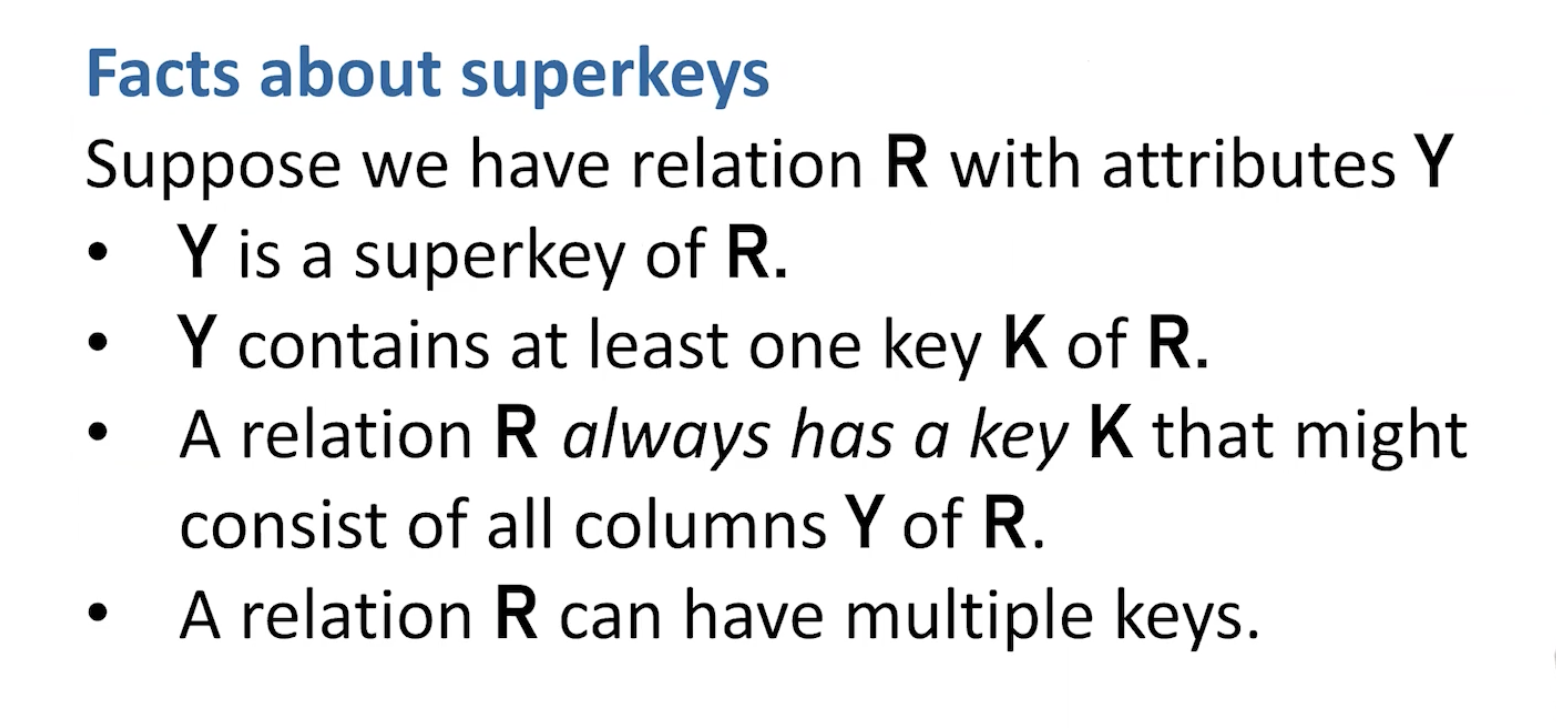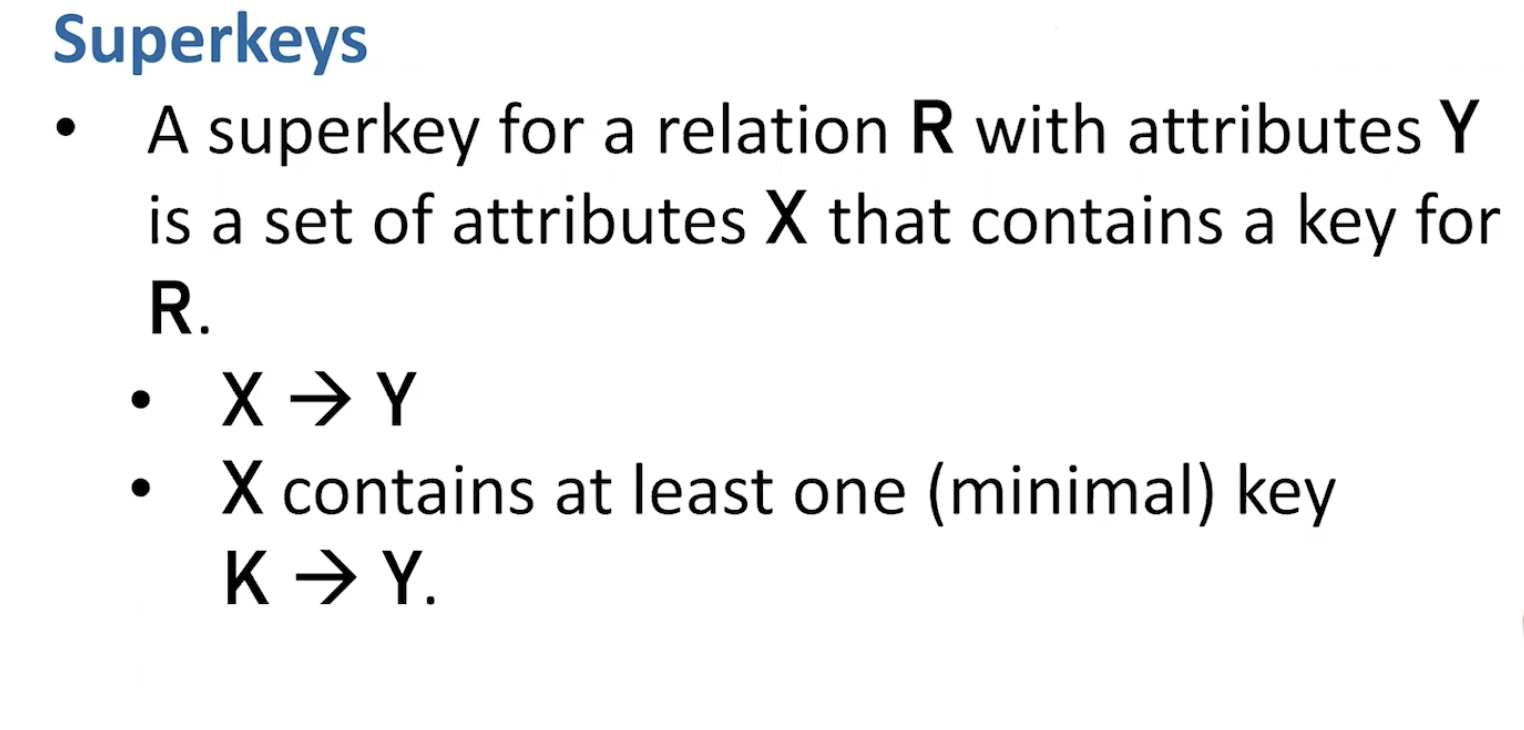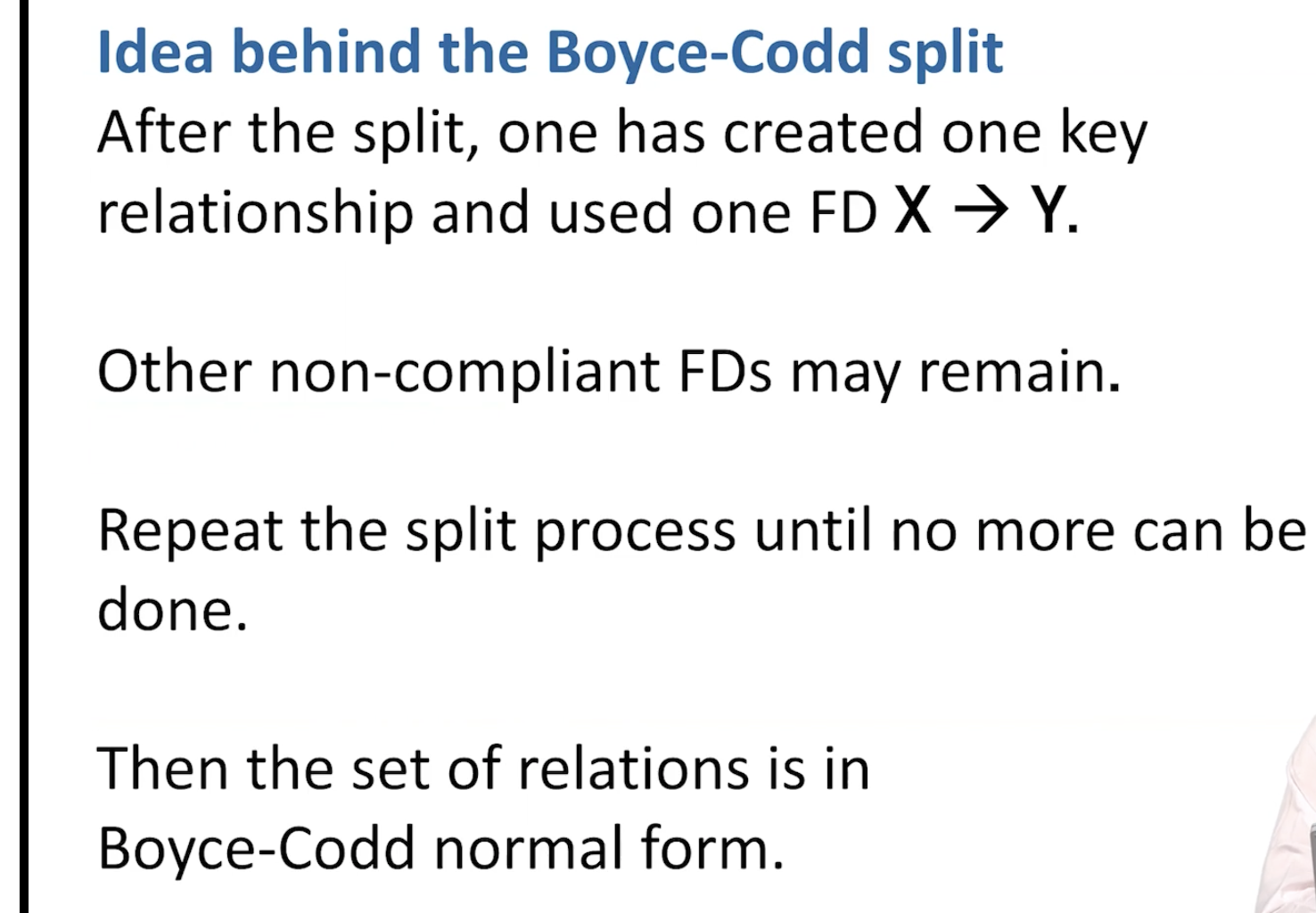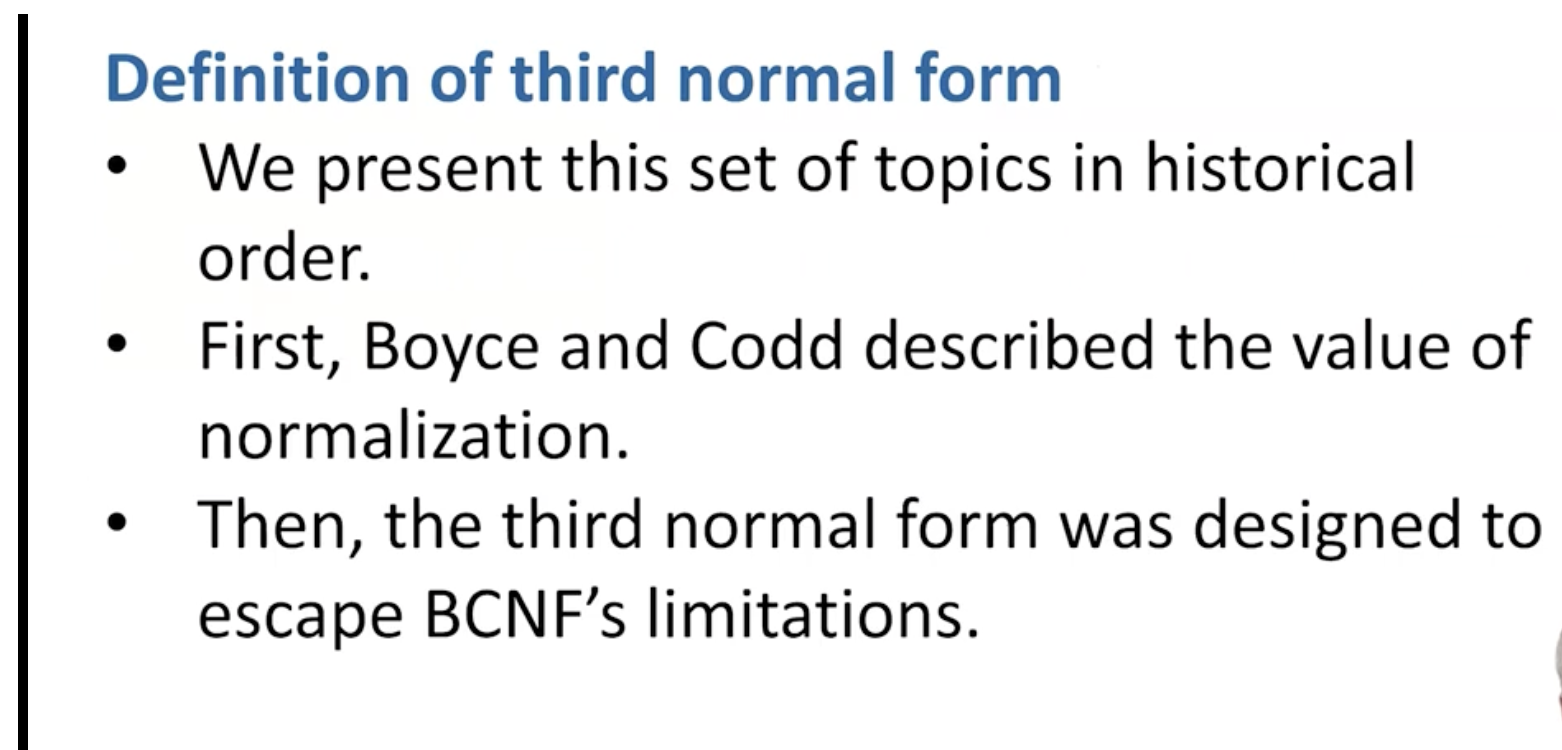Notes For DBMS
Notes For Commercial DB
AWS Redshift. Source: (https://dl.acm.org/doi/pdf/10.1145/2723372.2742795)
Targeting:
1. Cost
2. Complexity – Database provisioning, maintenance, backup, and tuning are complex tasks requiring
specialized skills.
3. Performance – It is difficult to grow a data warehouse without negatively impacting query
performance. Once built, IT teams sometimes discourage augmenting data or adding queries
as a way of protecting current reporting SLAs.
4. Rigidity – Most databases work best on highly structured relational data. But a large and
increasing percentage of data consists of machine-generated logs that mutate over time,
audio and video, not readily accessible to relational analysis.
Techniques:
columnar layout, per-column compression, co-locating compute and data, co-locating joins,
compilation to machine code and scale-out MPP processing
Design goals:
1. Minimize time to first report – We measure the time it takes our customers to go from
deciding to create a cluster to seeing the results of their first query
2. Minimize administration – automate backup, restore, provisioning, patching, failure
detection and repair. Advanced operations like encryption, cluster resizing and disaster
recovery require only a few clicks to enable.
3. Minimize scaling concerns - Many data warehousing engines provide parallelization of
loads and queries. We additionally try to parallelize administrative operations like cluster
creation, patching, backup, restore and cluster resize.
System Architecture:
An Amazon Redshift cluster is comprised of a leader node and one or more compute nodes. We also support
a single-node design where leader and compute work is shared on a single node.
The leader node accepts connections from client programs, parses requests, generates & compiles query plans
for execution on the compute nodes, performs final aggregation of results when required, and coordinates
serialization and state of transactions. The compute node(s) perform the heavy lifting inherent in both query
processing and data manipulation against local data.
Data stored within each Amazon Redshift table is automatically distributed both across compute nodes,
to enable scale out of large data sets, and within a compute node, to reduce contention across processing
cores. A compute node is partitioned into slices; one slice for each core of the node's multi-core processor.
Each slice is allocated a portion of the node's memory and disk space, where it processes a portion of the
workload assigned to the node. The user can specify whether data is distributed in a round robin fashion,
hashed according to a distribution key, or duplicated on all slices. Using distribution keys allows join
processing on that key to be co-located on individual slices, reducing IO, CPU and network contention and
avoiding the redistribution of intermediate results during query execution. Within each slice, data storage
is columnoriented. Each column within each slice is encoded in a chain of one or more fixed size data blocks.
The linkage between the columns of an individual row is derived by calculating the logical offset within each
column chain. This linkage is stored as metadata.
Data blocks are replicated both within the database instance and within Amazon Simple Storage Service (S3).
Each data block is synchronously written to both its primary slice as well as to at least one secondary on
a separate node. Cohorting is used to limit the number of slices impacted by an individual disk or node failure.
Query processing within Amazon Redshift begins with query plan generation and compilation to C++ and machine
code at the leader node.
Data Safety And Performance
Distribution Key is used to specify how data is ditributed. Round robin fashion, hashed according
to a distribution key, or duplicated on all slices.
Allows join processing on that key to be co-located on individual slices, reducing IO, CPU and
network contention and avoiding the redistribution of intermediate results during query execution.
Within each slice, data storage is column-oriented. Each column within each slice is encoded
in a chain of one or more fixed size data blocks. The linkage between the columns of an individual
row is derived by calculating the logical offset within each column chain. This linkage is stored as metadata.
Data blocks are replicated both within the database instance and within Amazon Simple Storage Service (S3).
Storing multiple copies across multiple data centers (S3).
Each data block is synchronously written to both its primary slice as well as to at least one secondary on a separate node
Notes From DBMS Lecture
Relational Algebra in DBMS: Operations Symbol. Source (https://www.guru99.com/relational-algebra-dbms.html#15)
SELECT(σ)
Projection(π)
Rename (ρ)
Union operation (υ)
Set Difference (-)
Intersection (∩)
Cartesian product(X)
Inner Join:
Theta Join: ⋈θ. r ⋈θ s = σθ (r x s) do a cross product and then select specific row within cross product
EQUI join:
NATURAL JOIN (⋈)
OUTER JOIN
Left Outer Join(A B)
Right Outer Join: ( A B )
Full Outer Join: ( A B)
Some equivalences for Relational Algebra
Projection
remove column that aren't needed for further calculation.
Sharding
Against large database. part of relation can split up into shard. Original = Shard1 υ Shard2 υ Shard3
Theta Join: ⋈θ
r(name, spent) and s(name, available)
To determine people who not in debt, we might write
r ⋈θ s where θ = (r.name = s.name and r.spent < s.available)
Functional Dependecies
Not mathematically determined. Determined by real world relationship between data elements. Thus, it's part of the requirement for solution od any database problem.
Relation Key
K is a key for a relation R with attributes Y if:
1. K -> Y
2. No SUbset of K determines Y
Database key and relation key are different. You can make anything a key to SQL table. Relation keys must be minimal.
Key in relational algebra **IS NOT always practical** because it can overlap:
Ex. zipcode -> city, state, country
country, state -> city
Superkey
Boyce-Codd Norm Form
Third Norm Form
We construct 3NF database byadding relations rather than splitting them.
Benefit include: lossless join, dependecy preservation.





